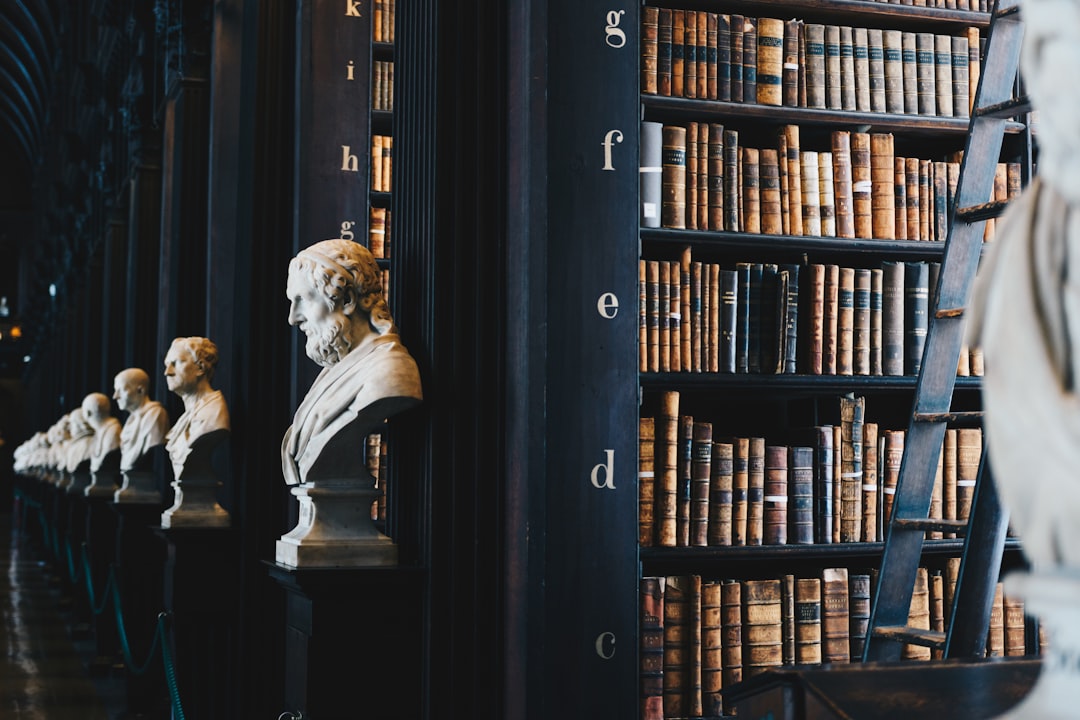What is it about?
This paper traces the various steps of the redefinition process implemented by Arab musicians performing in France and in the United States. The assembling of Arabic music groups outside their institutional and national borders reveals new patterns and raises several questions: (1) While most Arabic countries do not share the same institutional music traditions, or the same repertoires (Arab-Andalusian vs. maqamat), how can Arabic musicians from different countries assemble outside their institutional and national borders? (2) How can we understand the heterogeneity of repertoires (scholarly and popular) when the musicians come from different traditions and institutions? Can musicians pursue the legacy—and legitimacy—of classical repertoires or do they necessarily have to embrace Arabic pop culture? Finally, (3) while they were part of the elite in their home countries, how are Arab musicians considered outside their musical institutions, in their new countries such as France and the United States? Have they remained elite musicians in the eyes of their new audiences? Or have they simply become ‘popular’ musicians, regardless of the repertoire they play?
Featured Image

Photo by Providence Doucet on Unsplash
Read the Original
This page is a summary of: Decontextualizing Arabic Music in France and in the United States, Middle East Journal of Culture and Communication, March 2019, Brill,
DOI: 10.1163/18739865-01201006.
You can read the full text:
Contributors
The following have contributed to this page










